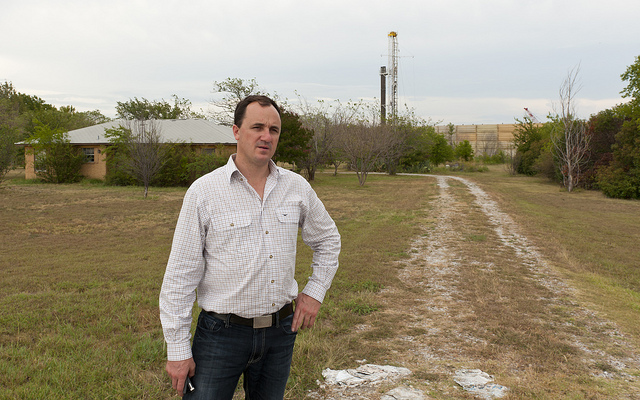Lord Harold Samuel, the founder of Land Securities, once quipped that three things in real estate matter: “Location, location, location.”[1] Since his famous declaration in the mid-1950s, these three words have become the mantra of the real estate industry. This should come as no surprise to even the most casual of observers, as we have all experienced the changes in traveling through various neighborhoods in our own towns and cities. Different places are occupied by different levels of quality and even different uses, so the importance of location is easy to see. From a casual point of view, it is often easy to say that one place is better or worse than another. These represent qualitative assessments of location, and they can certainly be important when ranking neighborhoods or locations. However, for those of us involved in the valuation side of real estate, merely knowing which is better is not enough. We need to know how much better, and that how much needs to be expressed in dollar terms.
At Greenfield Advisors, we are often called upon to value hundreds or sometimes thousands of properties simultaneously. In most cases, this necessitates the use of mass appraisal methods, specifically a statistical procedure known as multiple regression analysis, also known as hedonic price modeling. Such price modeling involves using the recent property sales in an area to statistically assign a likely value to the properties that we are valuing. The types of models that we develop ultimately depend on the particular assignment, the available data, and the market we are analyzing; however, the one truism that holds across all valuation exercises is the importance of location.
For decades, hedonic price models did a very poor job of accounting for locational attributes at the neighborhood levels. The lack of computing techniques and formal theoretical models carry much of the blame for these past omissions. In today’s world, data storage and processing are ample, and spatial statistics has become a sub-discipline unto its own. These advances have been a boon to the real estate valuation community, or at least to those with skills to utilize these advancements.
Dealing with location in statistical pricing models can be accomplished a number of ways, from the overly simplistic to the mind-numbingly complex. Many of the more complex methods, from spatial autoregressive techniques and hierarchical, multi-level models to more flexible approaches such as geographically weighted regression models, are recent innovations stemming from academic research. By combining our geographic information systems (GIS) abilities with state-of-the-art statistical software, Greenfield Advisors has remained abreast of the rapidly changing standards regarding accounting for location in modeling property values.
Along with these new statistical techniques, analysts at Greenfield Advisors are working on new and innovative ways to visualize the wealth of data produced by complex spatial models. We believe that communicating our findings in a clear, concise, and inspiring manner is just as important as getting the answer itself.
If you have an interesting real estate problem that sounds like it could benefit from state-of-the-art statistical modeling, do not hesitate to contact us at info@greenfieldadvisors.com.
– Andy Krause






Recent Comments